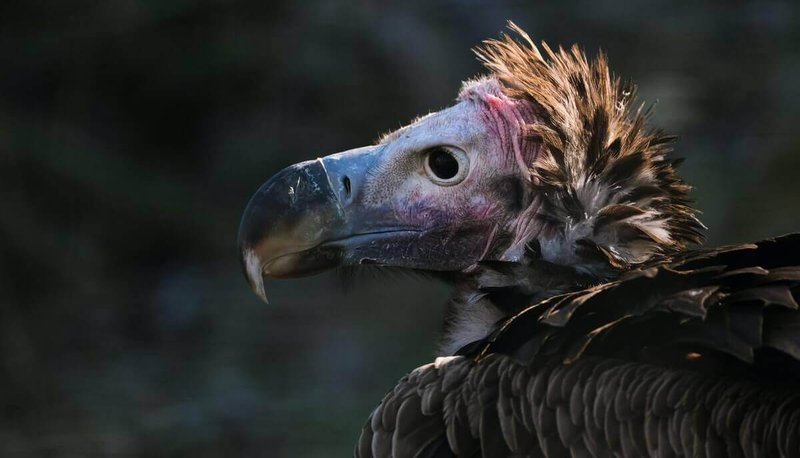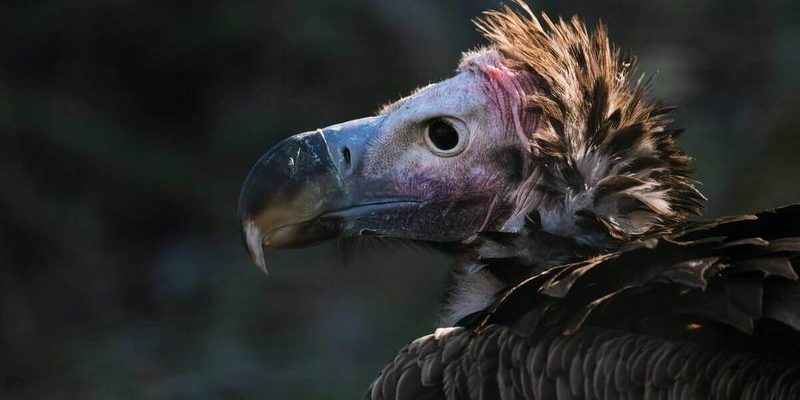
Vultures are primarily known for their scavenging habits, but did you know that their diet and foraging techniques vary by species? Some might think of them as the leftovers eaters of the avian world, but there’s so much more to their hunting methods and preferences than meets the eye. Imagine them soaring high, scouting the land for potential meals, a bit like a detective piecing together clues in a mystery. You might wonder, how do they find their food so efficiently? Let’s explore this in detail.
What Do Vultures Eat?
Vultures are predominantly scavengers, which means they primarily consume dead animals. This diet can include a range of options:
- Roadkill
- Carcasses of larger animals (like deer or cattle)
- Fish and smaller mammals
- Remains left by predators
Unlike many birds that hunt for live prey, vultures have perfected the art of finding and eating decaying flesh. This is critical for a healthy ecosystem; they help to prevent the spread of disease by consuming what others leave behind. The lowly reputation of vultures as mere “jackals of the sky” fails to acknowledge their ecological importance.
Some vulture species, like the Turkey Vulture, have a keen sense of smell and can detect carrion from miles away. Others, like the Griffon Vulture, rely primarily on their sharp eyesight. Imagine being able to spot a meal from high in the sky—what a unique skill! Their foraging habits are fascinating and show just how well they are adapted to their roles.
How Do Vultures Hunt or Forage?
While vultures don’t “hunt” in the traditional sense, their foraging skills are impressive. They often take to the skies, soaring at high altitudes. This way, they can scan the ground below for signs of carrion. But how exactly do they zero in on a meal?
First, they look for other scavengers. If a group of crows or other birds is gathered around a carcass, it’s a good clue that food is nearby. Vultures have learned to take advantage of these social signals, almost like following a breadcrumb trail to a banquet.
Once they’ve spotted their meal, vultures have additional adaptations that help them consume food that most other animals wouldn’t touch. Their strong stomach acids allow them to digest rotting meat, which would be harmful to many other species. It’s nature’s way of ensuring that nothing goes to waste—an essential part of the circle of life.
The Importance of Vultures in the Ecosystem
You might be wondering why vultures are so vital to our environment. Their presence is crucial for several reasons:
- Disease Prevention: By feasting on decaying animals, vultures help minimize disease outbreaks. Dead animals can be hotspots for bacteria and pathogens. Without vultures, these could spread significantly.
- Nutrient Recycling: Vultures contribute to nutrient cycling. As they consume and break down carcasses, nutrients return to the soil, promoting healthy plant growth.
- Population Control: By consuming large animal carcasses, vultures help manage populations of herbivores and other species, maintaining a balanced ecosystem.
Imagine a world without vultures—carcasses would litter our landscapes, and disease could proliferate. These birds are more than just scavengers; they’re pivotal players in maintaining the health of our environment.
Different Types of Vultures and Their Diets
Vultures are not a monolithic group. There are several species, each with unique traits and dietary preferences. Here’s a brief overview:
- Turkey Vultures: These are widespread across North America and are known for their excellent sense of smell. They often consume carcasses of carrion and roadkill.
- Griffon Vultures: Found in Europe and Asia, these birds primarily rely on visual cues to locate food. They prefer open areas where they can spot dead animals easily.
- African White-backed Vultures: These vultures often target the remains left by large predators and can be seen feasting in groups.
Different species hunt and forage in ways adapted to their environments. Understanding these differences adds depth to our appreciation of how these birds contribute to their ecosystems.
Vultures’ Unique Foraging Techniques
Vultures have a variety of foraging techniques that enable them to locate food effectively. One common method is communal foraging, where multiple vultures gather around a food source. This behavior not only helps them find food but also protects them from potential threats, as larger groups are less vulnerable to predators.
Another technique involves exploiting thermal updrafts. Vultures ride these rising columns of warm air, conserving energy while surveying vast areas for potential meals. Just like a sailor catching the wind in their sails, vultures can travel great distances with minimal effort.
Once they locate a carcass, vultures exhibit social hierarchies; larger, more dominant species often feed first. It’s a fascinating glimpse into how they interact, showcasing both competition and cooperation among themselves.
So, what do vultures eat, and how do they hunt or forage? These remarkable birds are not just the harbingers of decay but vital cogs in the wheel of nature. They help keep our environment clean and healthy by consuming dead animals, preventing disease, and recycling nutrients back into the ecosystem.
Next time you see a vulture soaring overhead, take a moment to appreciate its role. They’re not just scavengers but essential contributors to our planet’s balance. Nature has its way of ensuring that every creature has a purpose, and vultures embody that perfectly.

